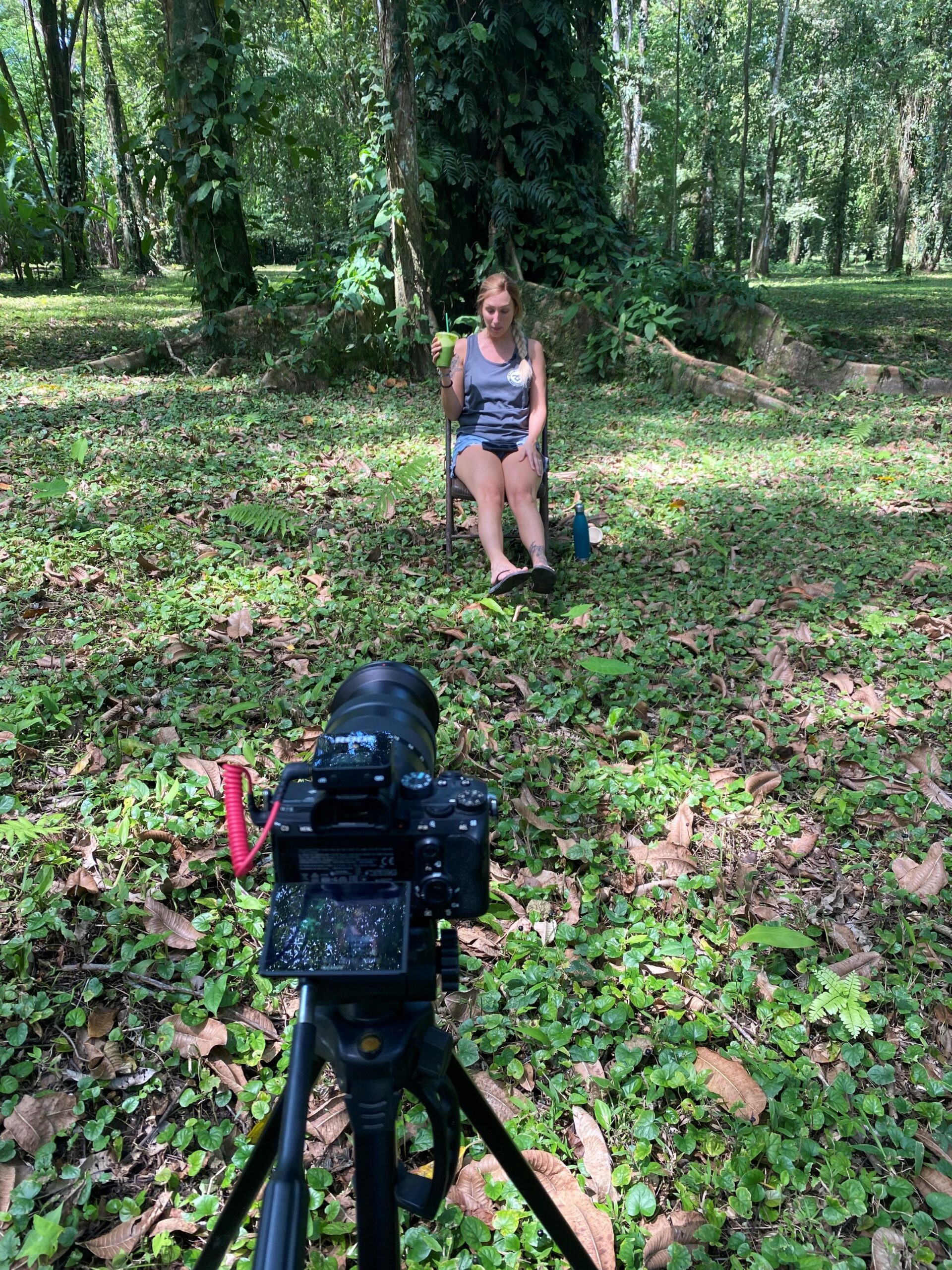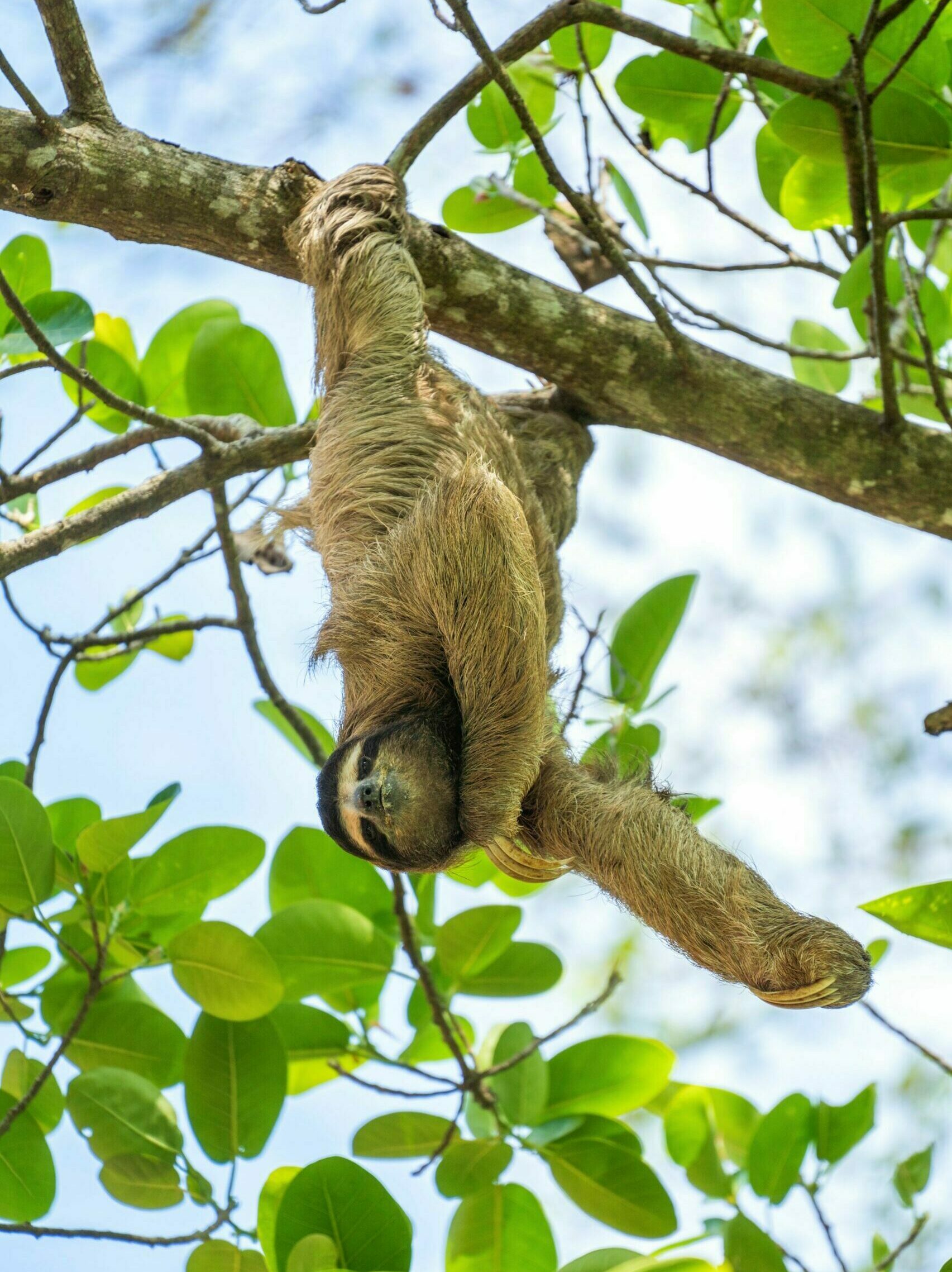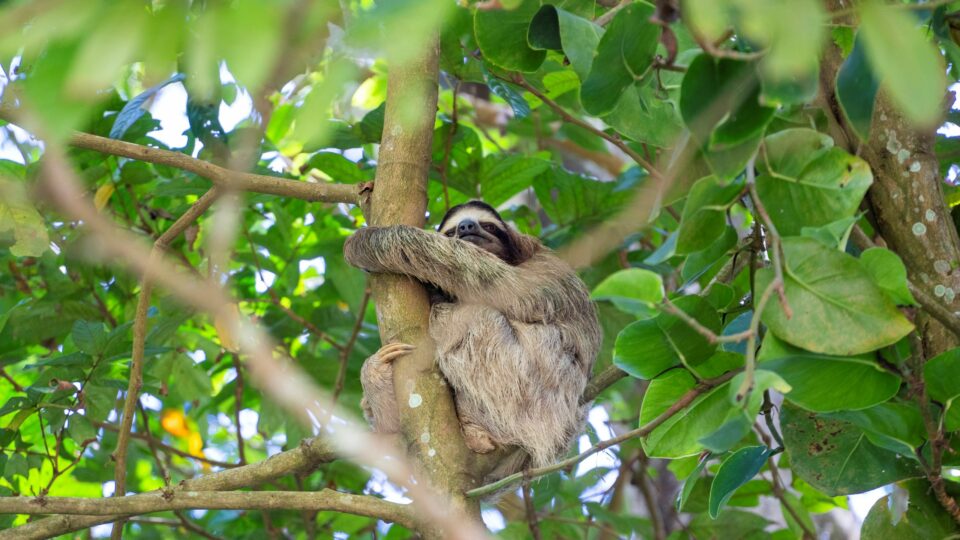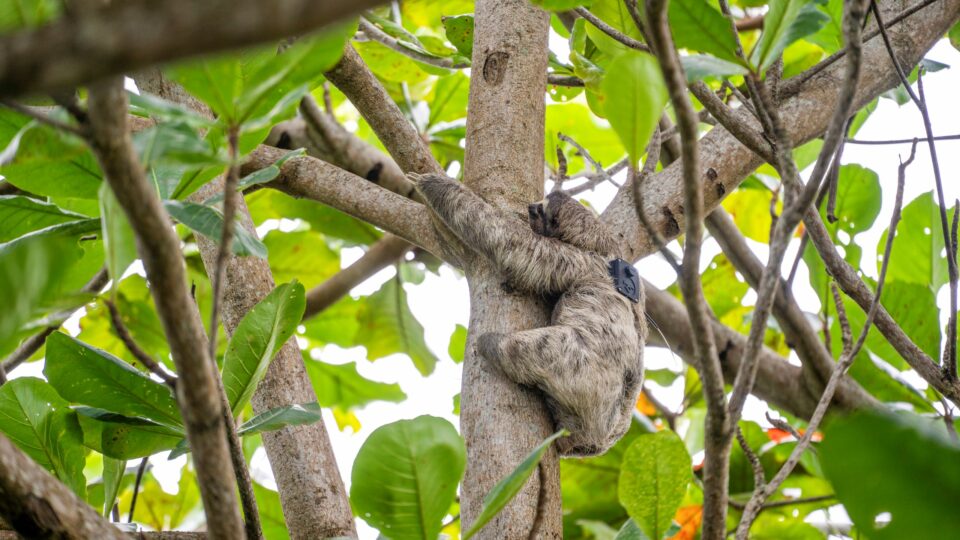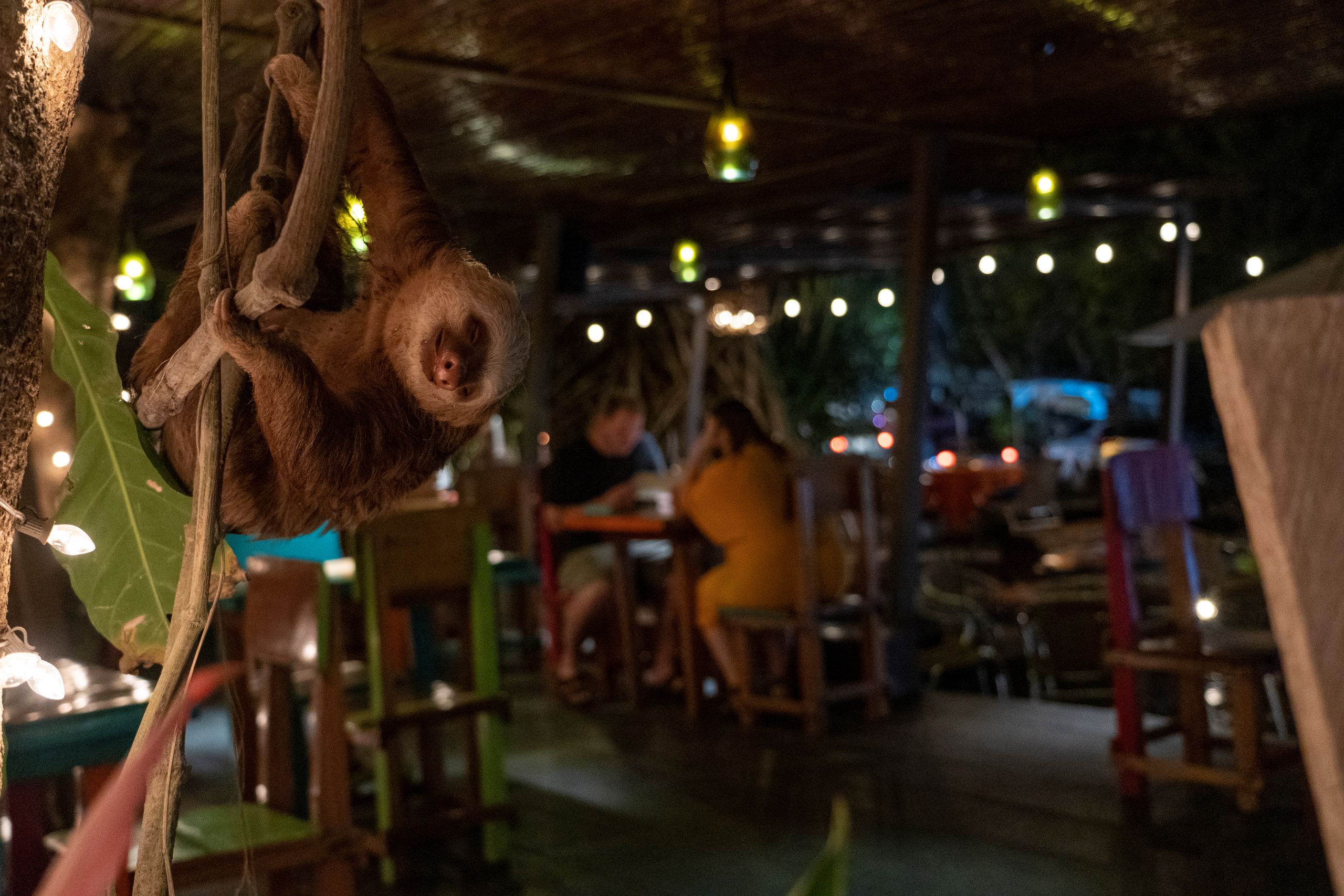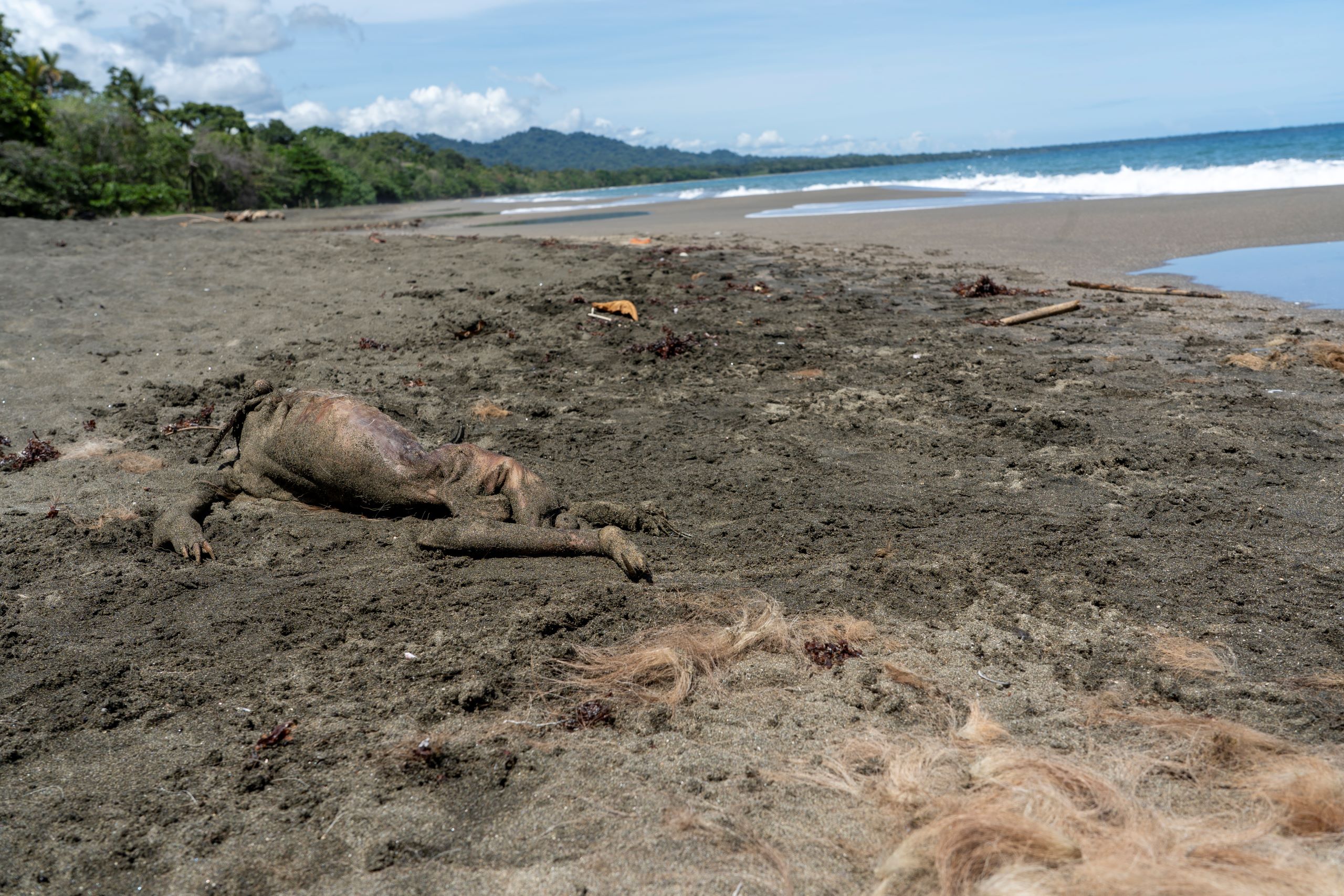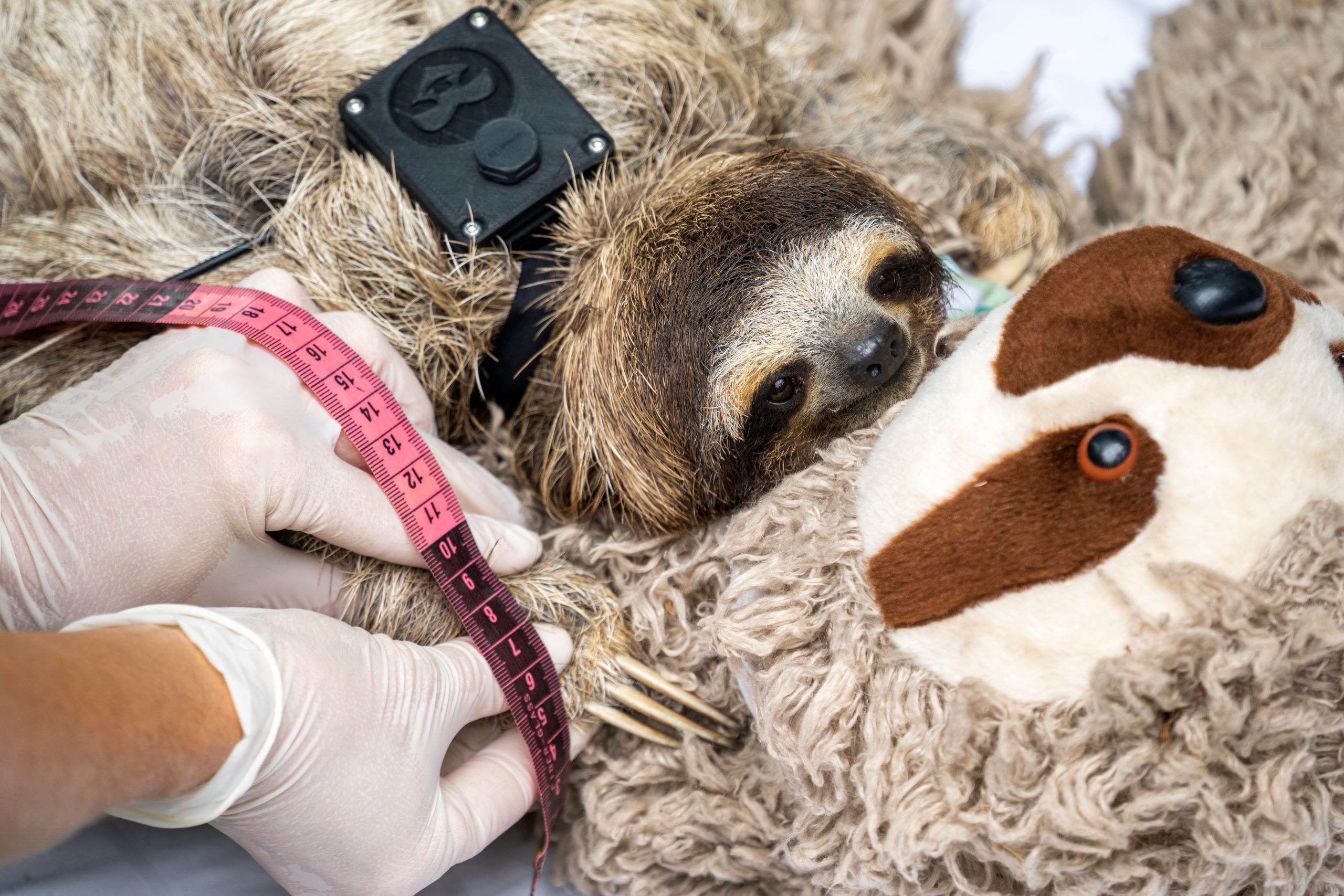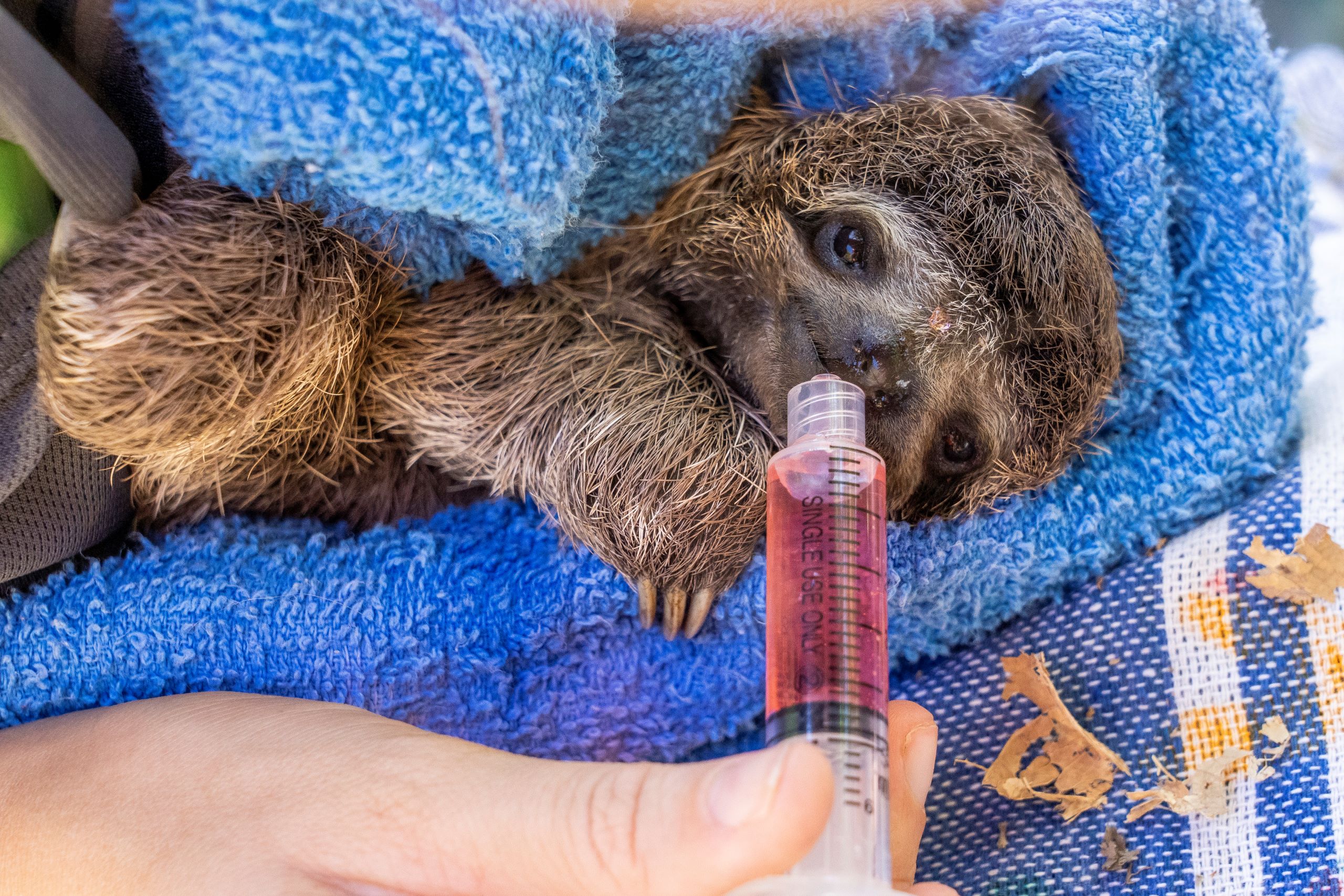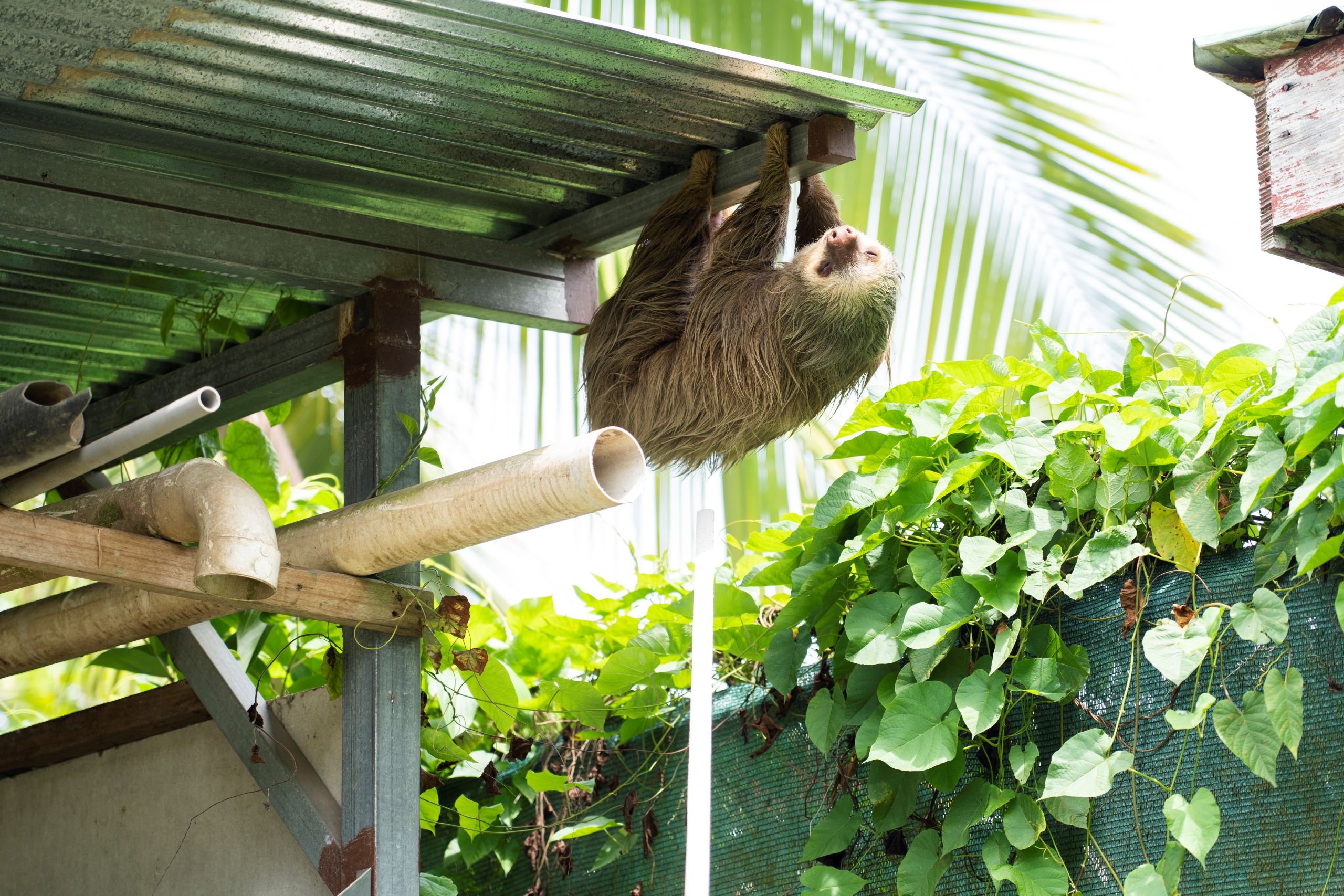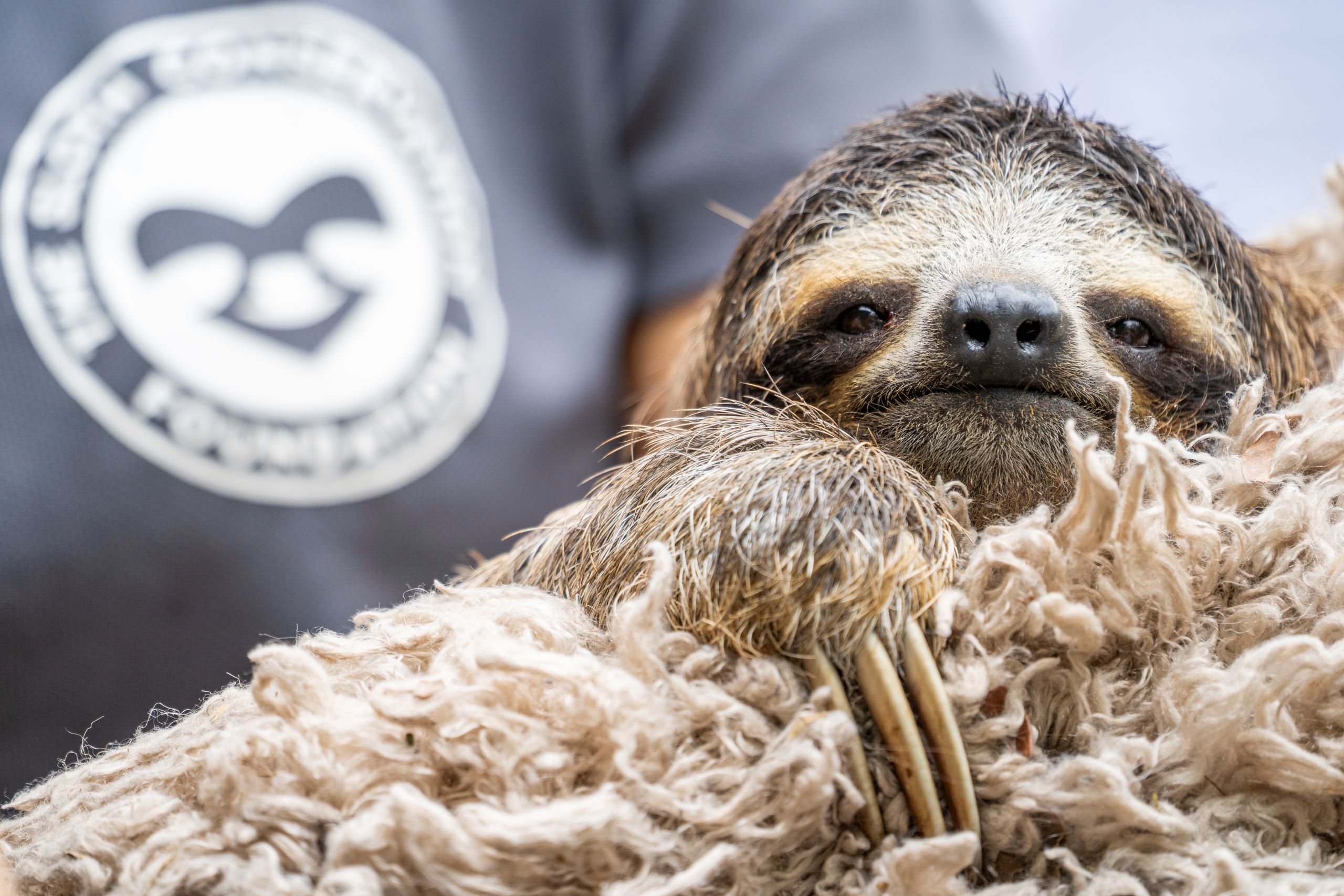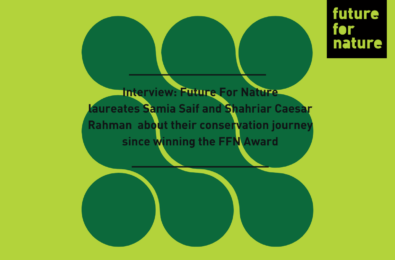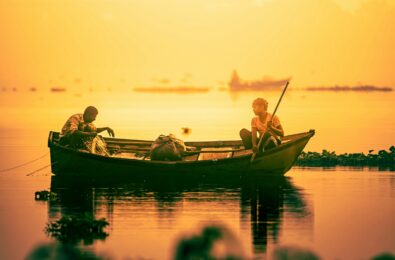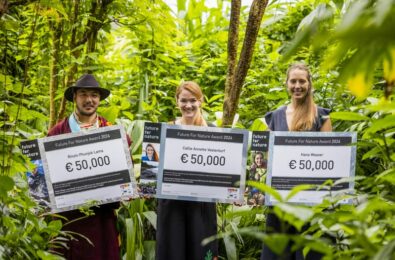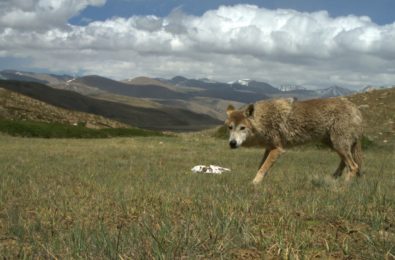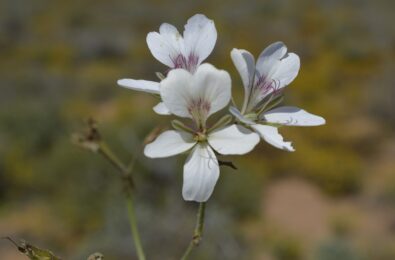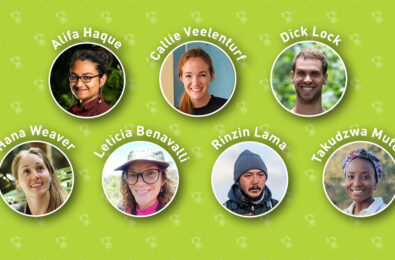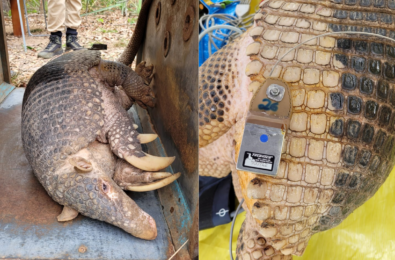A look inside the sloth life
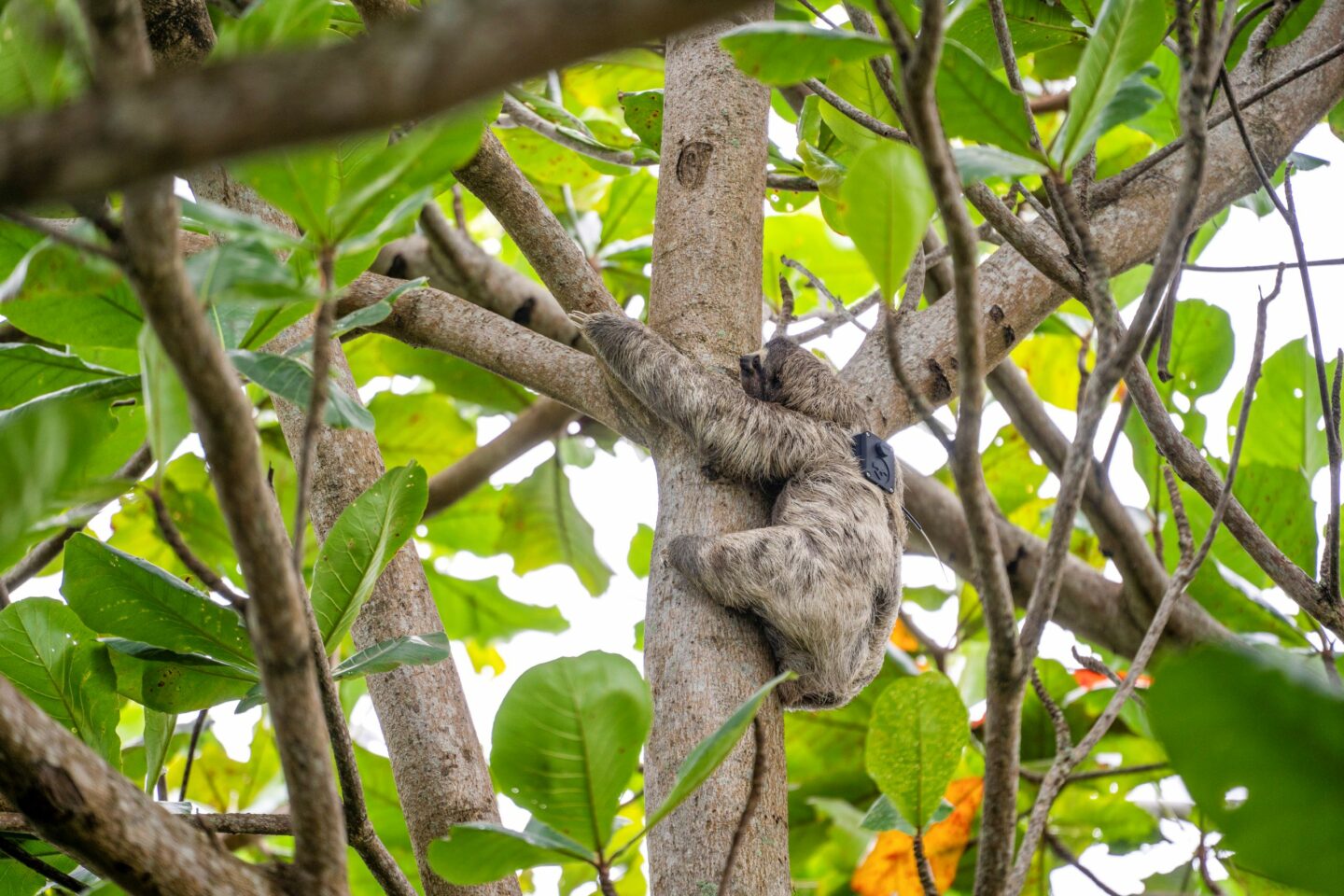
Recently, FFN volunteer Mira Meijer packed her bags and flew across the ocean to visit FFN winner 2022 Rebecca Cliffe and her Sloth Conservation Foundation (SloCo) in Costa Rica. Mira is a professional photo- and videographer and graphic designer, and supports nature conservation projects such as Future For Nature, by helping them share their stories. In the fall of 2022, she visited SloCo and here she tells us more about her experience.
How it all started
Ever since I can remember I’ve been an animal lover, caring for my pets at home and trying to contribute to conservation projects where I could. I have been working with Future For Nature for almost 5 years now, supporting them with graphic design, video and photography. One thing I love about working with FFN is that it doesn’t matter how many hours we put in preparing for the events or how chaotic it can get, it always inspires and recharges me so much! The whole energy and positive vibes are always so uplifting to experience.
What makes me the happiest in the world is when I can combine my love for visual communication with nature conservation. It has always been (and still is) a dream of mine to travel the world to contribute to the conservation of all kinds of ecosystems and species. After finishing school and 2 years of COVID-lockdowns it was time to put matters into my own hands. During the 2022 FFN Awards Rebecca and I got to talking and on the Academy day afterwards we were already speaking about me visiting her, the SloCo team and the sloths. A few months later I was on a plane to Costa Rica.
- Volunteer Mira Meijer
- recording material with SloCo founder Rebecca Cliffe
- and capturing the life of sloths in Costa Rica
My work for SloCo during these two months mainly focused on photography and video. I got to see and capture all of SloCo’s projects, and interview some of the team members. All this content will turn into a video-series to give people an inside look of all SloCo does to protect and learn about sloths. I’m currently working on finishing these videos back home in The Netherlands, and hope to share some soon.
First impressions and wild sloths
My first days at the SloCo-office were mostly getting to know everybody, the organisation, and to learn more about sloths of course! I had never seen a sloth in the wild before and definitely had to train my eyes to spot them. Through the Urban Sloth Project, SloCo currently studies 8 sloths (from both the two-fingered and three-fingered species). Each of them is equipped with a tracking collar and specially designed backpack so they can be monitored. This way Rebecca and her team can learn more about their home range size, how much sloths travel, or spend time on the ground, etc.
- Wild sloths are easier to see when zoomed in
- A wild sloth with a tiny tracking backpack, credits Mira Meijer
The Urban Sloths trackers make it easier to spot the sloths, but even without tracking I unfortunately I also got to see some sloths up-close. I say unfortunately because sloths in healthy environments should be hard to see. Sloths have amazing camouflage and live high up in the trees. As primary rainforests decline, sloths no longer have access to their preferred habitats and they are forced to exist in increasingly urbanized environments where they cannot hide. In these two months I also saw an orphaned baby sloth, a two-fingered sloth with an eye infection (most likely due to dust coming from the road next to her) and a sloth that died from electrocution.
- A sloth visiting a local restaurant
- Dead sloth found at the beach
This was my first time visiting a conservation project like this. What impressed me the most was the way SloCo was running as a project. The misconception of some people that look at conservation as ‘people walking around in the mud all day without making anything happen’ is definitely not true. In my work as freelancer, I get to see a lot of different businesses and organisations and how they work. And I can safely say that not all of them are as well-structured or thought-out as SloCo is.
Image of Costa Rica
Costa Rica is a beautiful country with a variety of landscapes and wildlife. But like all countries, it’s not perfect. Around the world, Costa Rica has the image of being one of the greenest countries. However, it is also in the top countries for pesticide usage. Bananas, coffee and pineapples are Costa Rica’s biggest export products. I have seen a lot of banana fields in Costa Rica and the stories I’ve heard about the work conditions makes me never want to touch a Chiquita banana again.
The power of knowledge
“In the end, we will conserve only what we love; we will love only what we understand and we will understand only what we are taught.” This is a quote by Senegalese environmentalist Baba Dioum, in which I firmly believe. I am a strong believer in education as starting point for conservation. Teaching people about the importance of the protection of wildlife and nature is crucial. For sloths and people to coexist together, a lot still needs to be taught, but also a lot needs to be understood. There are so many things we don’t know about these animals yet. Rebecca and team SloCo aim to figure it out through their dedicated research projects on sloth biology and ecology.
With their dedicated research, implantation of conservation practices and education, I believe that the future of sloths is in good hands.
- Mango the sloth, with her tracking backpack, getting a check-up, credits Mira Meijer
- Baby sloth that has been rescued
Protecting Sloths in Costa Rica
The Sloth Conservation Foundation was founded by Rebecca Cliffe in 2017, and aims to protect sloths in the wild through research and conservation initiatives. They are not a rescue centre. Instead SloCo focusses on reducing the number of sloths that are admitted to rescue centres in the first place. The main focus of SloCo is to learn, educate and develop sustainable ways in which humans and sloths can coexist in a fast urbanizing area of Costa Rica.
50% of mammals admitted to rescue centres in Costa Rica are sloths. What are the main threats?
- Habitat loss: Sloths are creatures of habit. They do not have the ability to change their behaviour in response to humans disturbing their habitat. When roads, power lines and fruit plantations break up the rainforest canopy they rely on, they have nowhere to go.
- Power line electrocutions: Animals living in the trees often climb down onto the power lines to move around the landscape. Because of the poor insulation there are more than 3.000 wildlife electrocutions every single year in Costa Rica.
- Road collisions: With deforestation, sloths are forced to come to the ground more. This makes them more vulnerable to road collisions.
- Dog attacks: Dog attacks are the second leading cause of death to sloths in Costa Rica. Rescue centers receive 2 to 3 wild animals per week that have been injured by dogs or cats.
- Animal cruelty: Sloths sold as pets usually come from the wild. Sloths make very poor pets, and it is difficult for humans to tell when a sloth is unhealthy or unhappy. Sloths are even used as ‘photo props’ in high tourist areas, causing a lot of stress for the animals.
- Two fingered sloth hanging out at a local lodge
- Mango the sloth who has been fitted with a backpack
SloCo developed multiple programme to study sloths and tackle the threats. Here’s what they are doing:
- Urban Sloth project: studying the impacts of habitat disturbance and rainforest urbanization on the behaviour of wild sloths in Costa Rica.
- Connected Gardens: empowering community members to ensure that every single property in a given area maintains canopy connectivity with neighbouring properties.
- Sloth Crossings: providing sloths and other arboreal animals a safe way to travel by installing canopy bridges across roads and between habitat fragments in disturbed areas.
- Sloth Friendly Network: to incentivize and endorse community members in Costa Rica who promote responsible tourism and contribute to the conservation of biodiversity.
- Education Outreach: connecting kids to nature, and equip them with knowledge and skills necessary to identify challenges in their communities related to the conservation of sloths.
- Sustainable Sloth Tourism: highlighting the dark side of “sloth selfies” and the illegal pet trade through international campaigns, and promoting responsible sloth tourism.
- ‘Oh My Dog’ project: reducing the number of dog attacks on wildlife through sterilization programs, responsible pet ownership campaigns and habitat restoration initiatives.



